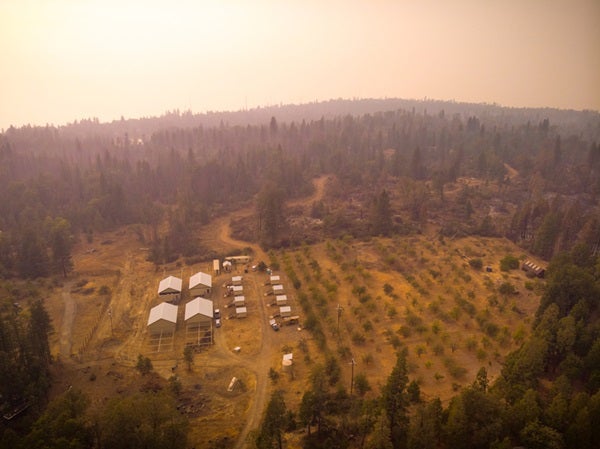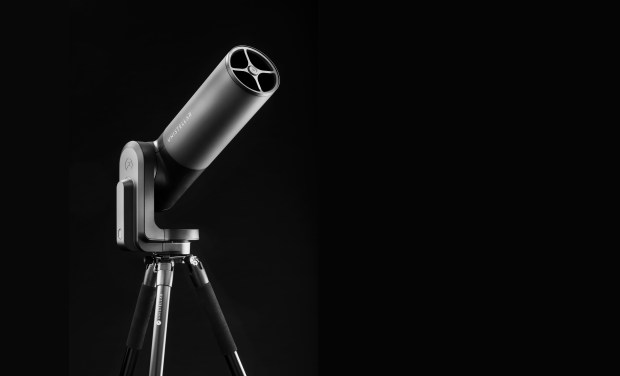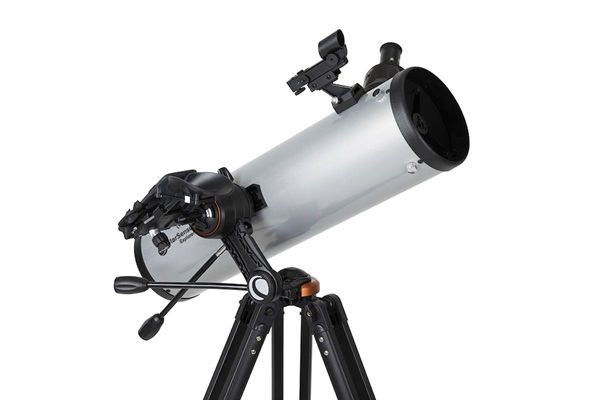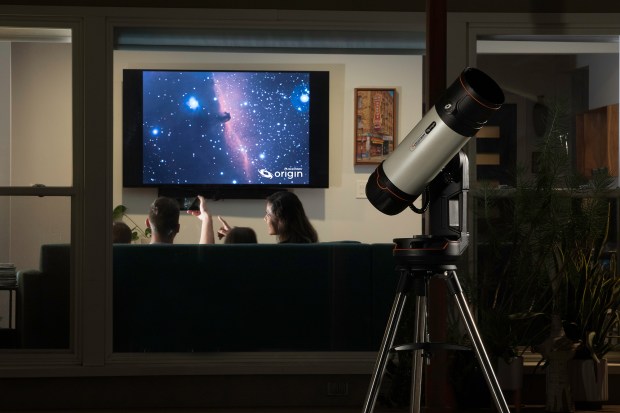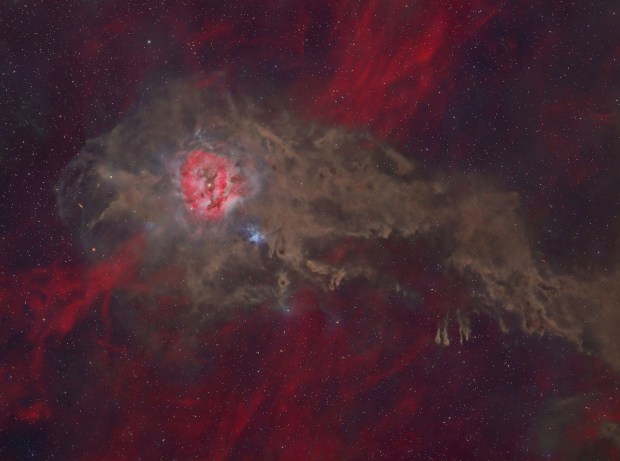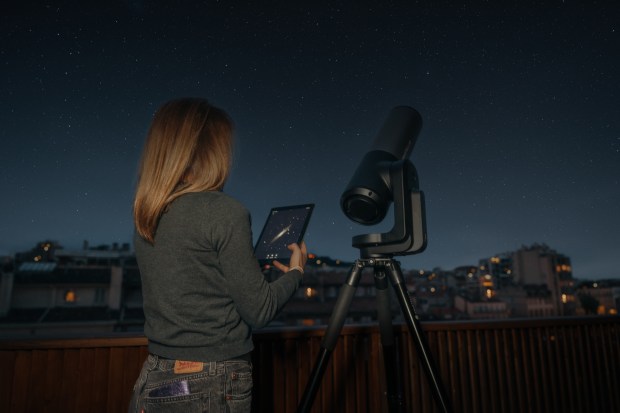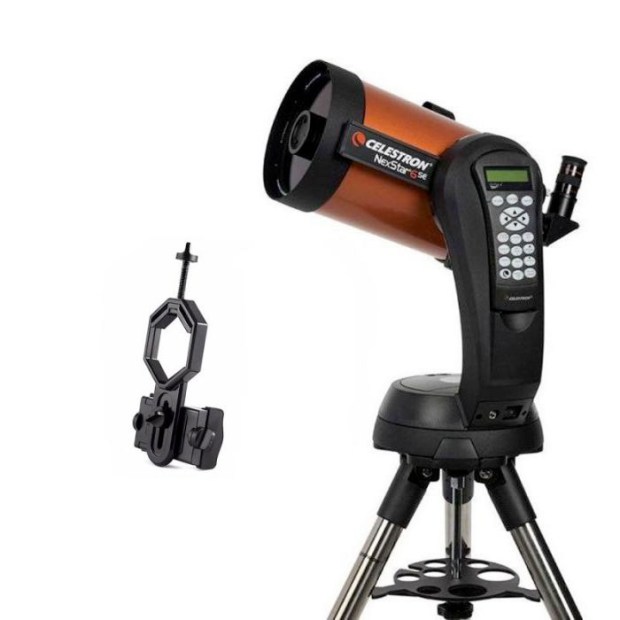The unprecedented fires raging in California this year have had a dramatic impact on people’s lives, livelihoods, and communities. Among these far-reaching effects, the blazes have wrought havoc on air quality and threatened the sites where astronomers turn their telescopes skyward to peer at the heavens.
One of those sites is Sierra Remote Observatories (SRO). Located in the Sierra Nevada Mountains at an altitude of 4,610 feet (1,405 meters), SRO is open to professional and amateur observers; it’s also used for satellite tracking and space communications. The site’s excellent seeing and good weather are a major boon — but its location also put SRO right in the path of the Creek Fire, which it roared through the area in September. (The fire is still actively burning, as of late October.)
Thanks to firefighters’ efforts, SRO was ultimately spared. But while the observatory remained standing, its contents had not escaped unscathed. SRO’s equipment, including its telescopes’ delicate optics, were left covered in ash and debris.
It would take several days of meticulous work to clean the pervasive coating of ash, grit, and grime from the scopes. PlaneWave Instruments, wanting to lend a hand, sent a team out to the observatory to help. And thanks to the dedication and care of those volunteers, the telescopes are now free of the contaminants left behind by the fire. Although the danger and devastation isn’t over yet for much of California, SRO is ready to return its gaze to the skies.
Dig deeper into the story as you flip through the photos below. All photos courtesy of
Matt Dieterich of PlaneWave Instruments. Also make sure to read Astronomy‘s latest update on the status of Earth’s largest observatories during the COVID era.

